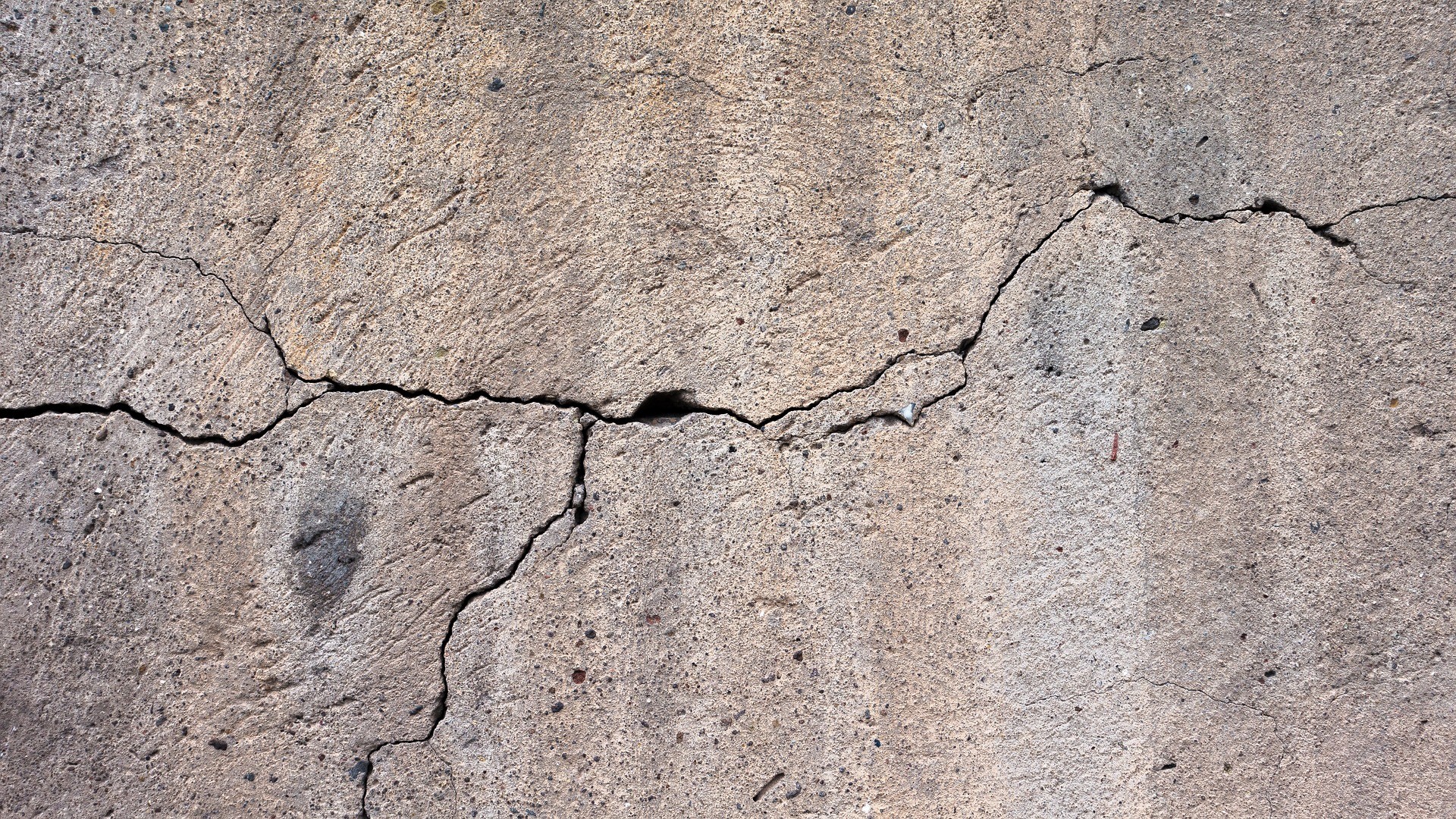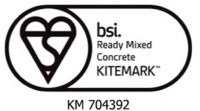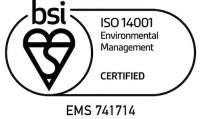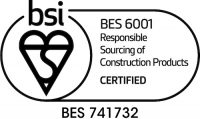If you have noticed cracking in your concrete, this isn’t necessarily something to worry about. Cracking can occur for a variety of different reasons, and it doesn’t always mean that the strength or structural integrity of the concrete has been permanently compromised. To help you get to the bottom of your problem, the EasyMix team will be going over all of the different reasons why concrete cracks, and what they might mean.

Plastic shrinkage cracks
One of the most common reasons why concrete cracks, particularly early on in its life cycle, is due to plastic shrinkage. That is, whilst the concrete is still in its plastic state (i.e. before hardening), it is still full of water. Given that, at this stage, much of the concrete’s overall mass is made up of water, as the concrete loses moisture over time, it will shrink. As the concrete shrinks, a great deal of pressure is put on the internal structure of the concrete, which ultimately results in some cracking.
As a rule, the hotter the weather that the concrete is poured in, the earlier on in the process that you might start to see cracking. In extremely hot weather, this can happen as early as a few hours after pouring.
Expansion cracks
Heat doesn’t just cause concrete to crack during the curing process, heat can cause concrete to crack years after it has been poured and set. This is because, over time, heat can cause concrete to expand. If the concrete has nothing to push against, normally, there won’t be any cracking. However, if the concrete meets a brick, a lamp post, or something similarly unmovable, the expanding force can be enough to cause the concrete to crack.
Heaving cracks
As you might expect, it’s not just hot weather that can cause problems with concrete, freeze-thaw cycles can also wreak havoc with concrete’s internal structure. This is because, as the ground freezes, the concrete can be lifted inches off the floor before settling back down. Of course, if the concrete isn’t free to move with the ground, cracking can occur throughout the slab.
Concrete that has been laid around tree roots can also experience heaving cracks. As the tree grows, the roots will eventually lift the concrete with it, causing cracks across the surface.
Settling cracks
Settling cracks can be understood as the inverse of heaving cracks; rather than the concrete cracking because the ground below is being forced upwards, the concrete cracks because the ground below has disappeared. Normally this occurs when things like trees are removed and the roots begin to decompose, or when companies carry out subterranean work.
Cracking caused by excessive loads
While concrete is one of the strongest building materials out there, if you load it up too much, it will still eventually crack. However, generally, there are a number of factors at play when this happens. For example, if the ground has just experienced heavy rain or snowfall, when a large force is placed on the concrete, this will cause the concrete to be pushed down into the ground, which can result in cracking.
EasyMix Concrete are London’s premier concrete supplier. Whether you’re looking for ready mix or on-site mixed concrete, we have the skills and expertise to ensure you get the exact concrete that you need, in the exact amount required. Give us a call today for a free, no-obligation quote.



